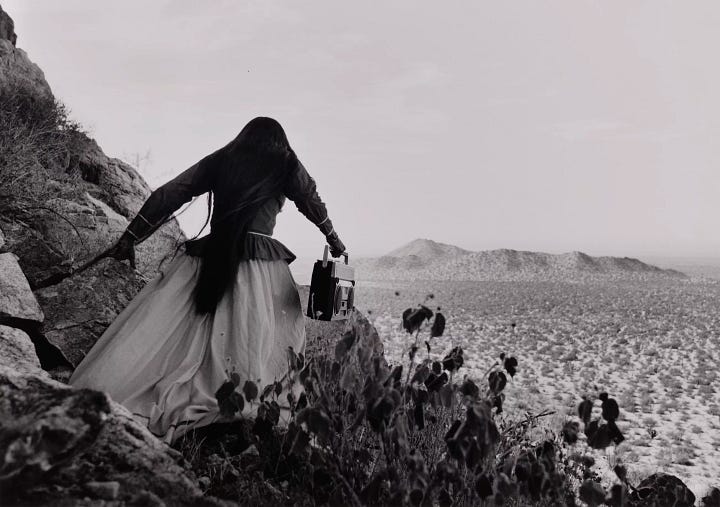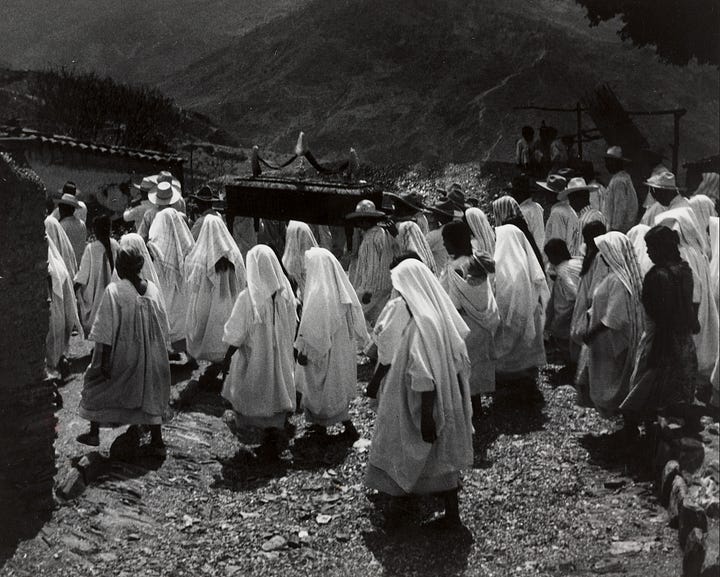What We Choose Without Choosing
Since high school, I’ve been an advocate for organ donation, not just as a personal cause, but as a case study in how our environments quietly shape our choices.
In the U.S., organ donation is an opt-in system—you have to actively say yes. That sounds reasonable… until you look across the Atlantic. In countries like Austria, France, and Belgium, organ donation is opt-out: everyone is considered a donor unless they indicate otherwise. The results? In opt-out countries, consent rates soar above 90%. In opt-in countries like ours, they hover around 15–25%.
This is partly about cultural values, but mostly about defaults. Behavioral economists Cass Sunstein and Richard Thaler (Nudge) call this choice architecture. Unfortunately, we often mistake inertia for intention, and the way a choice is framed—a default vs. a deliberate act—has an outsized impact on what people do. We think of ourselves as rational actors, but more often, we just follow the path that’s laid in front of us. And in this case, a checkbox buried on a DMV form isn’t just a formality—it’s a matter of life and death.
Today, over 100,000 people in the U.S. are waiting for a life-saving organ. Every day, 17 people die waiting. The gap between those who say they support organ donation and those who are actually registered remains one of our most quietly devastating divides.
The same logic applies to the bone marrow registry. Signing up takes minutes, but without embedded defaults or normalized cultural cues, most people never do. And yet for someone with leukemia or a rare immune disorder, a match on the registry can mean the difference between treatment and terminality. This is especially urgent when it comes to equity. You’re far more likely to match with someone of your own ethnic background, and people of color are drastically underrepresented on the registry.
If you haven’t signed up yet, let this be the moment. One quiet decision, made today, could ripple into a stranger’s second chance.
👉 Register as an organ donor
👉 Join the bone marrow registry
Listenin’ & Readin’
Because sometimes a good paragraph hits harder than a green juice.
🎧 Founders
Episode: Steve Jobs & the Art of Obsession
A marathon episode that breaks down the life, quirks, and obsessive attention to detail that defined Jobs—not the myth, but the man behind it. It’s not always flattering, but it’s always fascinating. For anyone building something (or trying to), this one will have you toggling between inspiration and warning label.
🎧 Capitalisn’t
Episode: Can Capitalism Fix Itself?
A sharp, policy-driven conversation that dives into the tension between market freedom and public interest. What makes this episode great is how it avoids the usual binaries—no “burn it all down” energy, but no blind faith either. A smart listen.
🎧 Freakonomics Radio
Episode: Are You Just Following the Herd?
This episode revisits the power of defaults, social proof, and nudge theory, perfectly aligned with this month’s theme on organ donation. The takeaway: even the smallest bit of behavioral design can change everything. A classic for a reason.
📖 Born to Run by Christopher McDougall & Born to Walk by Dan Rubinstein
It started with a friend recommending Born to Run—a wild, energetic ode to endurance and the innate joy of movement. Not long after, my father (without knowing) gifted me Born to Walk, a quieter, more reflective book about how walking shapes our bodies, cities, and relationships.
I’m still making my way through both, but they’re already becoming unexpected mirrors as I revisit my relationship with running. One pulls me toward speed and exhilaration; the other invites me to slow down and pay attention. Together, they feel like a conversation—about motion, meaning, and how we find our rhythm, health, and perspective again.
📖 The Many Lives of Anne Frank by Ruth Franklin
Most of us grow up with a narrow, almost mythic version of Anne Frank—young, luminous, tragic. But Ruth Franklin opens up the fuller, messier truth of both the girl and her legacy. This book sheds light on aspects of Anne’s story that rarely make it into school curriculums or cultural shorthand: her evolving politics, her sexuality, the complexity of her family, and how her diary was edited, shaped, and sometimes heavily curated after her death.
Franklin doesn’t just reintroduce Anne—she examines how her image has been symbolized, commercialized, and politicized over time. The result is a meditation on what it means to remember someone not just as a symbol, but as a person. A necessary read for anyone interested in storytelling, history, and the moral weight of memory.
🗞️ The New Yorker
Article: Is the U.S. Becoming an Autocracy?
This isn’t a partisan panic piece—it’s a sober exploration of how systems erode, slowly and procedurally. Drawing on legal theory and international precedent, it asks what happens when norms are chipped away not with violence, but with paperwork, appointments, and rule-bending. A compelling, quietly urgent reminder that democracy isn’t guaranteed, it’s maintained.
This Month’s Nudge
Soft Fascination: Water, Light & Other Soft Things
Coined by environmental psychologists Rachel and Stephen Kaplan, soft fascination refers to the gentle, effortless attention we give to calming, natural stimuli—think the rustle of leaves, the drift of clouds, the glint of water. Unlike the high-intensity focus our workdays demand, soft fascination doesn’t deplete us, it restores us.
This idea comes from attention restoration theory, which suggests that certain kinds of environments—especially those with elements of nature—help our overstimulated minds recover. Time spent in these settings improves memory, reduces stress, enhances creativity, and helps regulate emotions.
Lately, I’ve found myself seeking moments of soft fascination. Watching the sunrise at the beach before the world wakes up. Pausing on a night walk to sit by the water. I always return to water when I need to feel recalibrated.
So this month, consider what your version might look like—the long way home, lunch in the park, a slow hike.
Soft fascination asks nothing of you. It isn’t a goal—it’s a gentle invitation to return to your humanness by simply being with nature, not mastering it.
Creative Curiosities


Three Eyes on Mexico: Iturbide & the Álvarez Bravos
I was meant to take a quick trip to Mexico this month (where I grew up) but plans shifted. So instead, I found myself re-immersing in the photography of Graciela Iturbide and the married duo Manuel and Lola Álvarez Bravo. Their images aren’t loud, but they stay with you. They move through surrealism, ritual, everyday life, and grief with the kind of emotional clarity that doesn’t announce itself—but lands, truthfully.
Iturbide was mentored by Manuel, and you can feel the echoes in their work—but hers leans deeper into the feminine, the sacred, the dreamlike. (Fun fact: I have a tattoo of a phrase Manuel once told Graciela). Manuel’s compositions are mythic. Lola’s are quietly defiant. Together, the three of them mapped a visual language for Mexico that resists being flattened into cliché or poverty, nostalgia or color.
What makes their work especially resonant is that it offers a counterpoint to the many foreign lenses that have long tried to “capture” Mexico, often with a fetishizing or othering gaze. These three saw the country from within. They didn’t try to explain it. They revealed it, on its own terms, through its shadows, symbols, and silences.
If you're in a visual rut—or just want to see the world through another aperture—take a slow scroll through their work.
Graciela Iturbide’s portfolio →
Manuel Álvarez Bravo archive →
Lola Álvarez Bravo retrospective →
Morsel of Inspiration
“There are a hundred paths through the world that are easier than loving. But, who wants easier?” — Mary Oliver
There’s something quietly radical in choosing what’s not easy. Whether it’s opting in when the form lets you drift past, sitting with stillness when distraction is easier, or showing up in love when it asks everything of you.
This line from Mary Oliver isn’t a reprimand; it’s a wink, a dare. A reminder that the harder path is often the one that awakens us, not just to others, but to ourselves.
Here’s to choosing the thing that asks more of us—and offers more back.
Until next time, stay wide.






Loved the morsel.